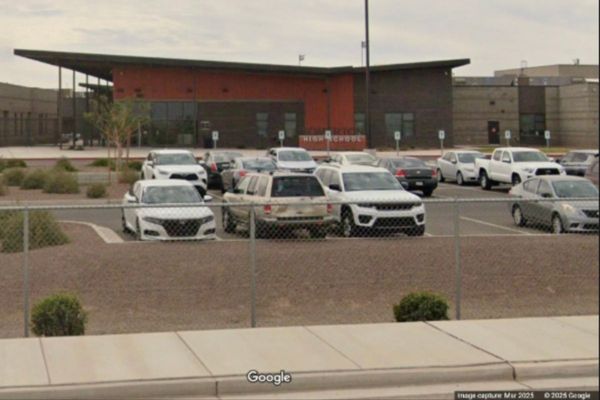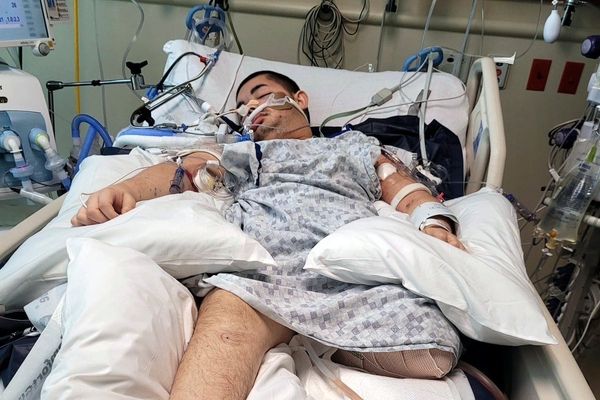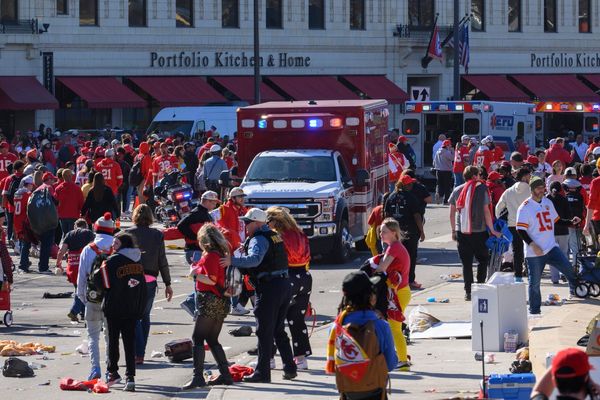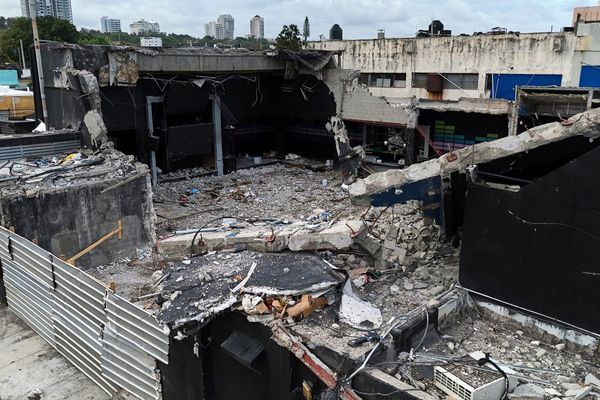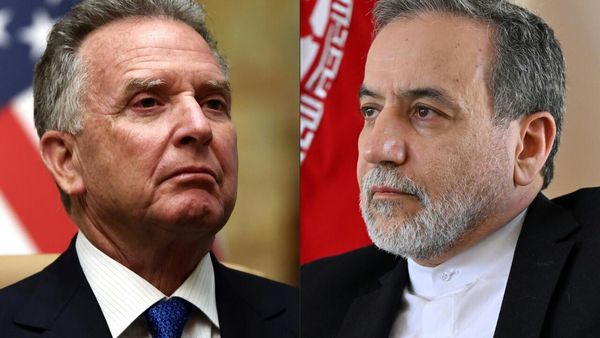
The Israel Defense Forces’ changing account of its killing of 15 Palestinian medics and civil defence workers is part of a long familiar pattern in high profile cases involving the killing of civilians.
Often, at first, the IDF denies involvement. Sometimes – in the context of Gaza – it suggests one of Hamas’s own rockets fell short, causing the casualties.
Otherwise, it might allege that those killed were either combatants themselves, or collateral damage from the targeting of combatants.
And the case of the Gaza medics is only the latest incident when Israel has altered its account of a high profile killing.
The killing of the celebrated Palestinian American journalist Shireen Abu Akleh, who worked for Al Jazeera, while covering a protest on the West Bank in 2022, saw a similar shifting of explanations.
Initially, then Israeli prime minister Naftali Bennett suggested that Akleh “likely” had been killed by Palestinian fire. A day later the government issued a statement where it decried “hasty” accusations of one of its soldiers being behind the killing as being “misleading and irresponsible”.
Then, under pressure from witness testimony, the IDF conceded she had been shot by an Israeli soldier, saying then that she was not the target but had been hit by accident.
When evidence emerges to challenge the Israeli military’s account, history shows the IDF then changes its story to suggest the circumstances are not the result of military orders or systemic issues but a “mistake” or – rarely – individual, but not organisational, culpability.
In the case of the paramedics killed on 23 March, the IDF’s initial explanation as the bodies were discovered in a mass grave was that their vehicles had been “advancing suspiciously toward IDF troops without headlights or emergency signals”.
As witness testimony and video from the phone of one of the dead medics emerged to show that account was untrue and that the ambulances were travelling with lights on and with paramedics wearing identifying hi vis vests, Israel suggested – without providing evidence – that six of the dead were somehow linked to Hamas, even if they were unarmed.
Last week, briefings to Israeli media settled on one of the IDF’s most familiar claims seen over the years: the assertion that the soldiers felt they were under threat and that Hamas has used ambulances to move men and weapons.
The IDF’s evolving narrative in such cases is often supported with claims made by pro-Israel accounts on social media.
In this case, a video was posted on X by a pro-Israel account claiming to show in a blurred image that one of those killed may have been carrying a weapon in their hands. However, examination of the video by the German broadcaster DW judged that all that was visible was a shadow cast by the lights.
If some have identified a pattern of obfuscation over the years, there is also a suspicion that it is in service of a wider aim: muddying the waters when an investigation is launched.
And when the IDF does launch an investigation, through the auspices of its Military Advocate General’s office, the results are often opaque and seldom lead to the most serious charges.
According to analysis conducted by Israeli human rights organisation, Yesh Din, published last year, the mechanism set up by the IDF’s general staff to investigate potential war crimes is designed to avoid responsibility while giving the impression that a process is taking place.
An examination by Yesh Din of “all complaints transferred to the military” during major Israeli military campaigns over the previous decade “at least 664 complaints were transferred … for review.”
Of that, the organisation says, “542 (81.6%) incidents were closed without a criminal investigation, with “just 41 incidents (6%)” leading to a criminal investigation.
That led Yesh Din to conclude that “the results of Israel’s law enforcement mechanism’s work over the past decade shows that it rarely opens investigations against junior-ranking soldiers and completely refrains from investigating decision makers at the top command levels”.
All of this has prompted urgent questions about Israel’s account not only in more familiar quarters, but this time in Germany, one of Israel’s strongest backers in Europe.
“There are very significant questions about the actions of the Israeli army now,” the foreign ministry spokesperson, Christian Wagner, said on Monday after video footage emerged of the incident concerning the medics.
“An investigation and accountability of the perpetrators are urgently needed,” he said, adding that a full investigation of the incident would be “a question that ultimately affects the credibility of the Israeli constitutional state”.
As Amos Harel suggested in the Israeli newspaper Haaretz earlier this week, all the presentational manoeuvring around the incident may be obscuring a more brutal truth: that all Palestinians in Gaza – civilians included – are perceived as a threat to be encountered with lethal force.
A few days ago, a video was aired showing a battalion commander talking to his soldiers on the eve of their return to the enclave.
‘“Anyone you encounter there is an enemy. You identify anyone, you eliminate him.’”
